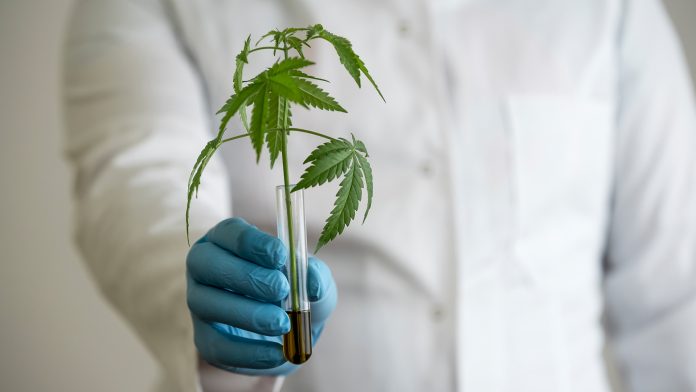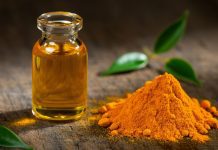
Global thought leaders in cannabis came together for the GCI Summit from 8 to 10 June which explored policy, research, investment and more across cannabis and psychedelics.
The GCI Summit featured global cannabis heavyweights, and speaking at the event was Professor Hinanit Koltai, Head of Cannabis Research Lab at the Volcani Center. In the lab, Koltai and her team have been researching the use of cannabis to treat both COVID-19 and glioblastoma multiforme (GBM).
Koltai highlighted that it is difficult to know the medical properties of every strain of cannabis, and that, to allow medical use of cannabis, a gap needs to be closed between what is known of cannabis today, the common use of cannabis, and the desired medical use.
Can cannabis treat COVID-related inflammation?
As cannabis is known to have anti-inflammatory properties, the team wanted to explore whether or not this quality could be used to fight inflammation associated with immune responses to COVID-19.
Koltai said: “We know cannabis is helpful to people who suffer from different medical conditions, but there are over 500 different compounds, so, the question is ‘what compounds are really working?’ Is it just THC and CBD, or are more of them beneficial? What composition of compounds is important for the treatment of each medical condition?
“We have two test cases, the first related to COVID-19. We asked how we could do something to try and help fight the COVID-19 pandemic – could cannabis be used in relation to the inflammation that develops in severe patients? Because cannabis is known to have immunomodulation.
“We extracted different strains of cannabis to see what works best against interleukin (IL)-6 (I6) and -8, and we found the best strain is the high CBD fraction, which is working quite nicely against secretion of I6. The other fraction was much less active with I6. Once we tested the effect of these cannabis fractions on the macrophages of the cells instead of the immune system, we found that the fraction of cannabis that contains phytocannabinoids led to polarisation of these cells. Once we used the phytocannabinoids without the terpenes we were able to see that we maintain a reduction of inflammation.”
Koltai said that using treatment with a combination of the compounds CBD, CBG and THCV reduced cytokine secretion in lung epithelial cells, but that using treatment with FCBD containing terpenes in addition to the CBD, CBG, and THCV, induced macrophage phagocytosis and increased interleukin levels.
“The composition of phytocannabinoids of CBD, CBG, and THCV was the optimal combination,” said Koltai, adding that “cannabis preparations should be considered carefully before treating COVID patients because of the threat of worsening of the cytokine storm, but the phytocannabinoids may only act superior to the fractions, and still need to be combined with other pharmaceutical drugs to reduce inflammation in macrophages.”
Cannabis and glyblactoma multiforma
Koltai’s team has also been researching the use of cannabis for glioblastoma multiforme (GBM) – the most common type of malignant brain tumour.
“Cannabis is commonly used for medical treatment – especially for alleviation of the symptoms associated with this disease, and it is also shown in the scientific literature that phytocannabinoids are treating GMB,” said Koltai.
“However, cannabis contains hundreds of different compounds, and the optimal combination of cannabis to treat this disease – not only the symptoms but to fight GBM itself – is still unknown. So, we looked at different strains and we identified the best strain that kills the GBM cells fractionated the extract of the strain – we allocated two highlight active fractions and determined their compositions.
“We have found the activation works through the CB2 receptor based on the blocking of this receptor with the inverse agonist, and we were able to learn about the mode of death of these cells that is initiated through something called ER stress related to specific toxification of the cells.
“We were able to see that cannabis fractions lead to a reduction of cell movement, which is so important. The cannabis fractions substantially reduce the ability of the cells to move and abolished the ability of the cells to form spheres which are the base for chemotherapy resistance of GBM.
“The most exciting result was that, using the fractions, this also lead to substantial cell death and had very strong cytotoxic activity against GBM cells that were isolated from patient’s tumours – this will have to be verified and proved in clinical trials.”
Koltai added: “With support of companies, we are going through the process of drug development which includes the need to conduct clinical trials to show the efficacy – this process can lead to the formation of development of new cannabis-based products but can also give hints as to composition needed to treat certain medical conditions.”
By Stephanie Price









